The subcontinent was ruled by the British during 1857-1947 during which they left an impact in the region. They bring changes to the common man life, local customs, norms & values, improving infrastructure and many other positive impacts. And they also add a new dimension to the architectural side of the subcontinent with massive infrastructure. After 1947 Pakistan came into being but it still had been inspired by the ways and style of constructional changes brought by the British colonial era architecture.
Lahore being the heart of Pakistan had gone through several changes. The British occupation of Lahore took place in a protracted but concerted manner. The British constructed the General Post Office (GPO) along with YMCA building to commemorate the golden jubilee of Queen Victoria. These building with unique designs reflected the British architecture specially by the massive clocks placed into the front outer wall of the buildings.
Buildings of Colonial Era Architecture
Different from the Mughal architecture the colonial era architecture consisted of simpler designs, public interest and new construction techniques. The Mughals focused more on construction of massive Gardens, Monuments, Forts, Palaces and Mosques. While the colonial era architecture introduced buildings which were more focused approach of benefiting the natives such as Universities, Hospitals and Government offices. The Mughal architecture used arches in windows, doorways while the new British colonial architecture introduced cubical shaped building with simple designs ignoring curves and arches.
Important buildings constructed by the British included the High Court, Government College, Tollinton Market, General Post Office, Lahore Railway Station, Punjab University Old Campus, Mayo Hospital and much more. Rather than focusing on massively constructed buildings, the British focused on smaller buildings through which they introduced their own architectural designs into Lahore.
The colonial era architecture had a few basic designs such as handcrafted wooden work, high columns giving support to sloping roofs. An example of this is the Tollinton Market. The British introduced the importance of education in the region by constructing number of colleges and universities. Most famous of which are Aitchison College and the University of Punjab.
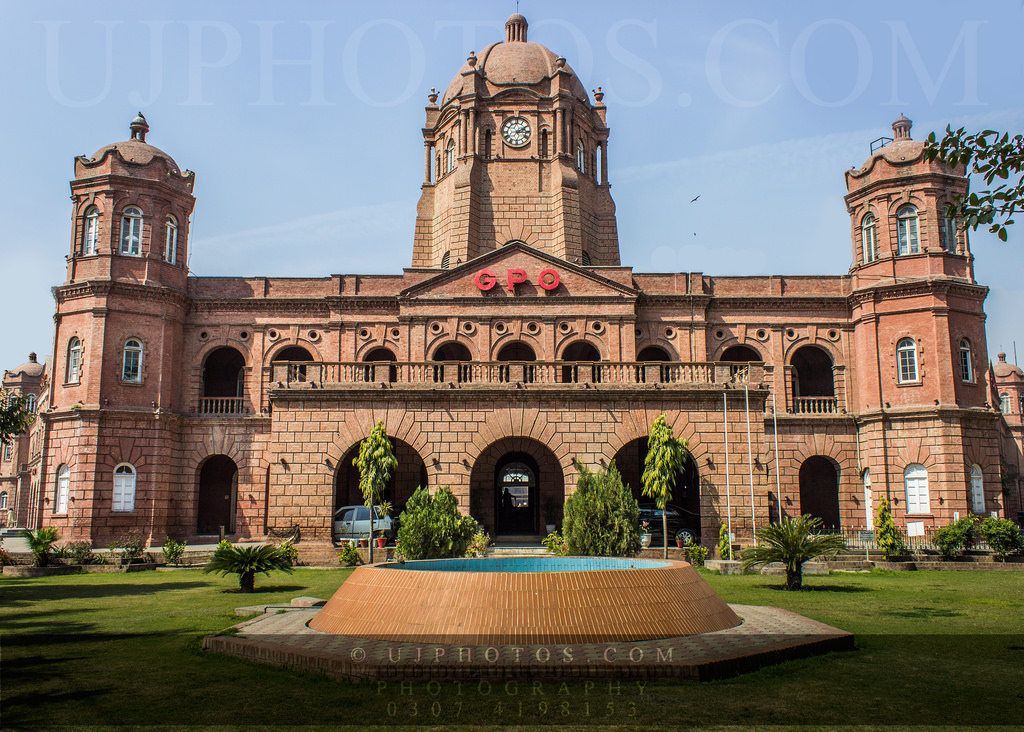


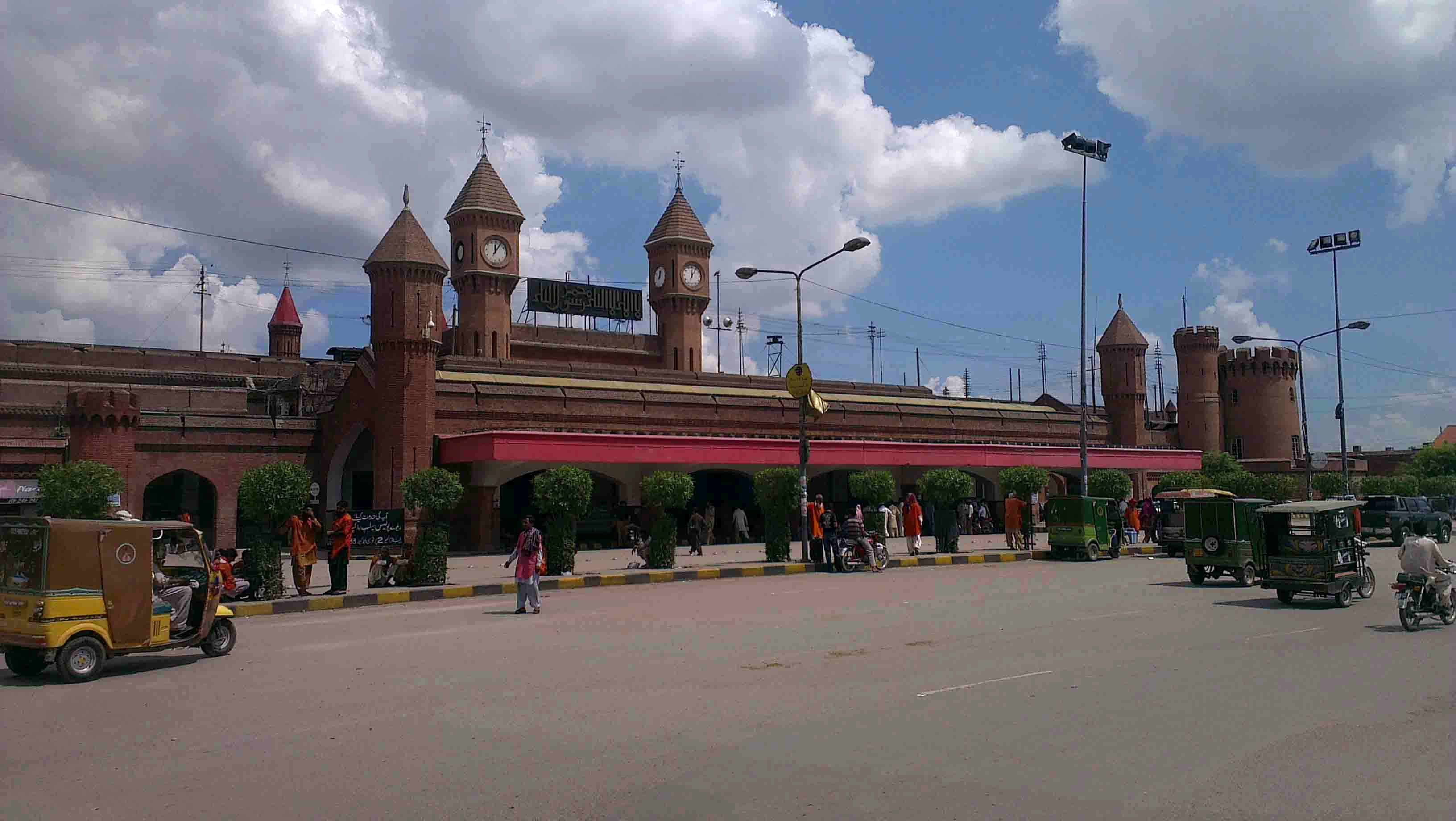
Unique Style & Design of Colonial Era Architecture
These building at that time and still to date have a uniqueness to them. During the colonial era as the natives were used to excessive work of stones, glass and expensive gems in the construction of buildings. While the British introduced a simple yet elegant architectural designs. Buildings often had statue heads on the walls and detailed work on the roof. High white walls and a simple exterior were eminent in the colonial era architecture. The interiors also stood unique from the Pakistani architecture as wooden hand crafting was given more importance and used in a large quantity in the buildings.
All these changes brought a revolution in the architectural designs of Lahore, buildings were now made with stronger materials. And the natives have more public benefiting offices rather than forts that would prove to be beneficial for the royals only. The Mughal buildings barely used cement or iron rods in the structure of the building giving preference to a paste made out of saw dust, mushed lentils and similar materials. While the British architecture revived the new constructional procedures with the introduction of using cement and iron rods to made the foundations, buildings were made stronger and would last a longer time. This results in well designed and well resistant to natural disasters such as earthquakes or heavy rainstorms.

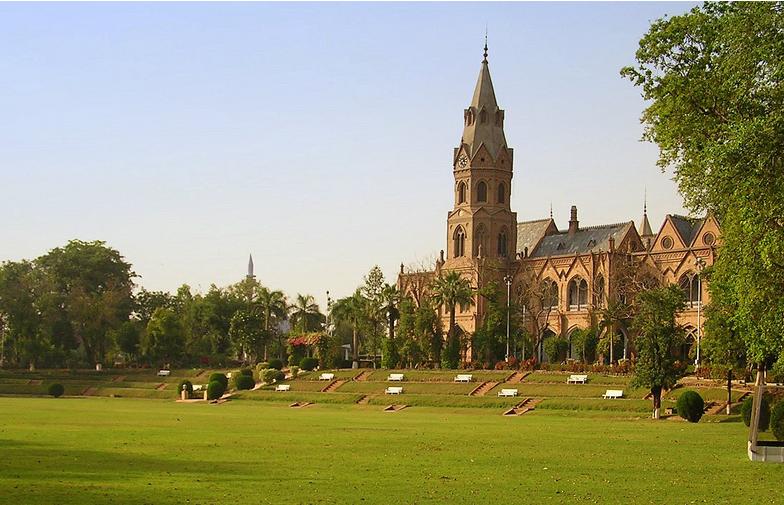
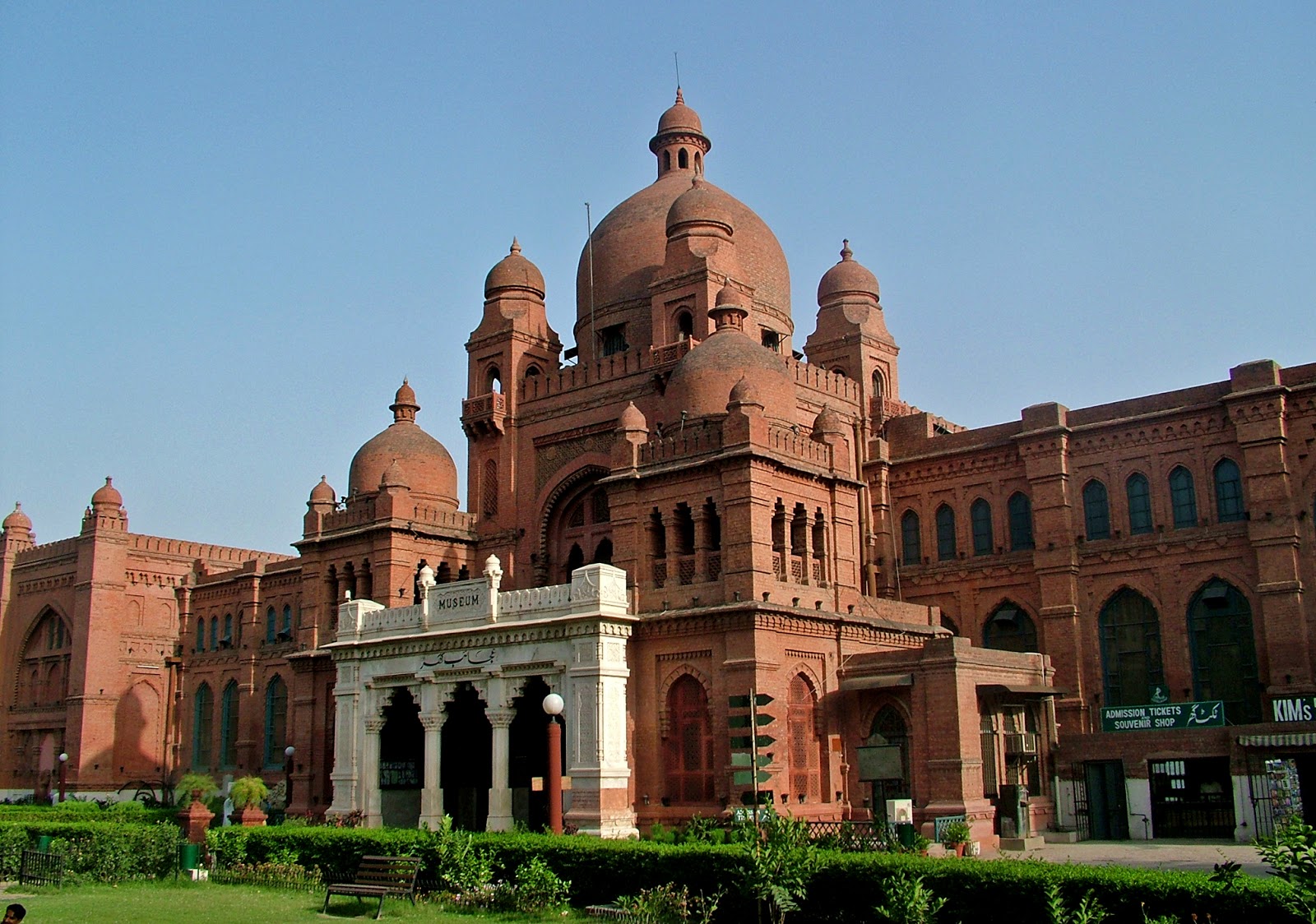

Locally Lahore. Discover More.
You can discover more places on Locally Lahore App. Locally Lahore is a must have App, allows you to explore places in Lahore and it covers up all point of interest. It gives you information about latest events and happenings in Lahore. Download Locally Lahore Android & iPhone App. Join Locally Lahore on G+ and Facebook to get in touch with the latest information and events of Lahore.
Find out more information of Locally Lahore App on www.locallylahore.com
|
|
|


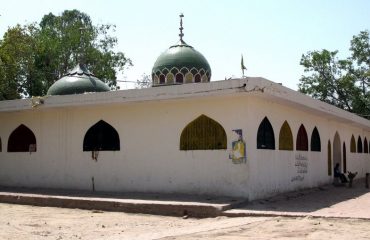
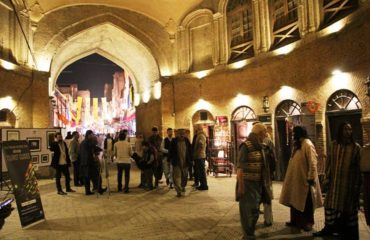
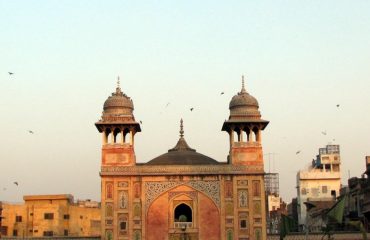
You must be logged in to post a comment.